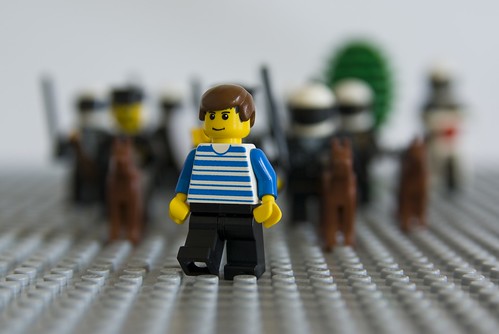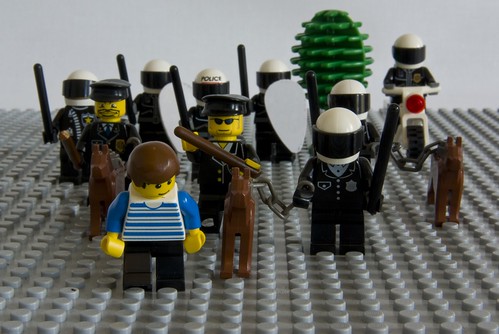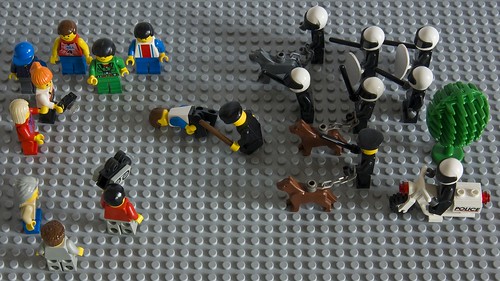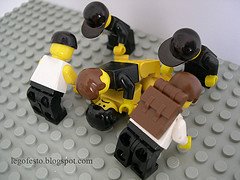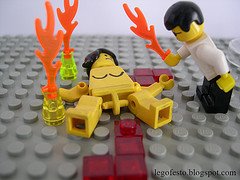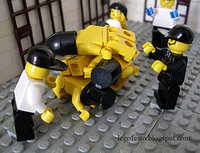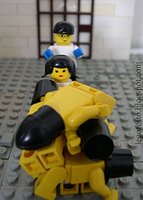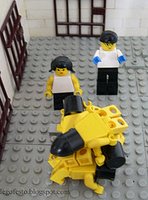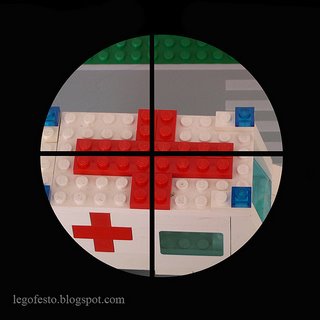
"SIDON, Lebanon, Jul 30 (IPS) - The Israeli attack on Qana has taken the biggest toll of the war, but it is only one of countless lethal attacks on civilians in Lebanon.
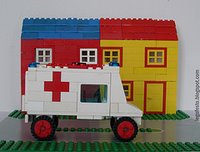 Large numbers fled the south after Israelis dropped leaflets warning of attacks. Others have been unable to leave, often because they have not found the means. The Israelis have taken that to mean that they are therefore Hezbollah.
Large numbers fled the south after Israelis dropped leaflets warning of attacks. Others have been unable to leave, often because they have not found the means. The Israelis have taken that to mean that they are therefore Hezbollah.
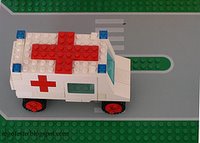
Israeli justice minister Haim Ramon announced on Israeli army radio Thursday that "all those in south Lebanon are terrorists who are related in some way to Hezbollah."
 Justifying the collective punishment of people in southern Lebanon, Ramon added, "In order to prevent casualties among Israeli soldiers battling Hezbollah militants in southern Lebanon, villages should be flattened by the Israeli air force before ground troops move in."
Justifying the collective punishment of people in southern Lebanon, Ramon added, "In order to prevent casualties among Israeli soldiers battling Hezbollah militants in southern Lebanon, villages should be flattened by the Israeli air force before ground troops move in."
This policy explains the large number of wounded in the hospitals of Sidon in the south..
Wounded people from southern Lebanon narrate countless instances of indiscriminate attacks by the Israeli military.

Thirty-six-year-old Khuder Gazali, an ambulance driver whose arm was blown off by an Israeli rocket, told IPS that his ambulance was hit while trying to rescue civilians whose home had just been bombed.
"Last Sunday people came to us and asked us to go help some people after their home was bombed by the Israelis," he said from his bed in Hamoudi Hospital in Sidon, the largest in southern Lebanon. "We found one of them, without his legs,
lying in a garden, so we tried to take him to the nearest hospital."
 On way to the hospital an Israeli Apache helicopter hit his ambulance with a rocket, severely injuring him and the four people in the back of the vehicle, he said.
On way to the hospital an Israeli Apache helicopter hit his ambulance with a rocket, severely injuring him and the four people in the back of the vehicle, he said.
"So then another ambulance tried to reach us to rescue us, but it too was bombed by an Apache, killing everyone inside it," he said. "Then it was a third ambulance which finally managed to rescue us."

Khuder, who had shrapnel wounds all over his body, said "this is a crime, and I want people in the west to know the Israelis do not differentiate between innocent people and fighters. They are committing acts of evil.. They are attacking civilians, and they are criminals." "




















